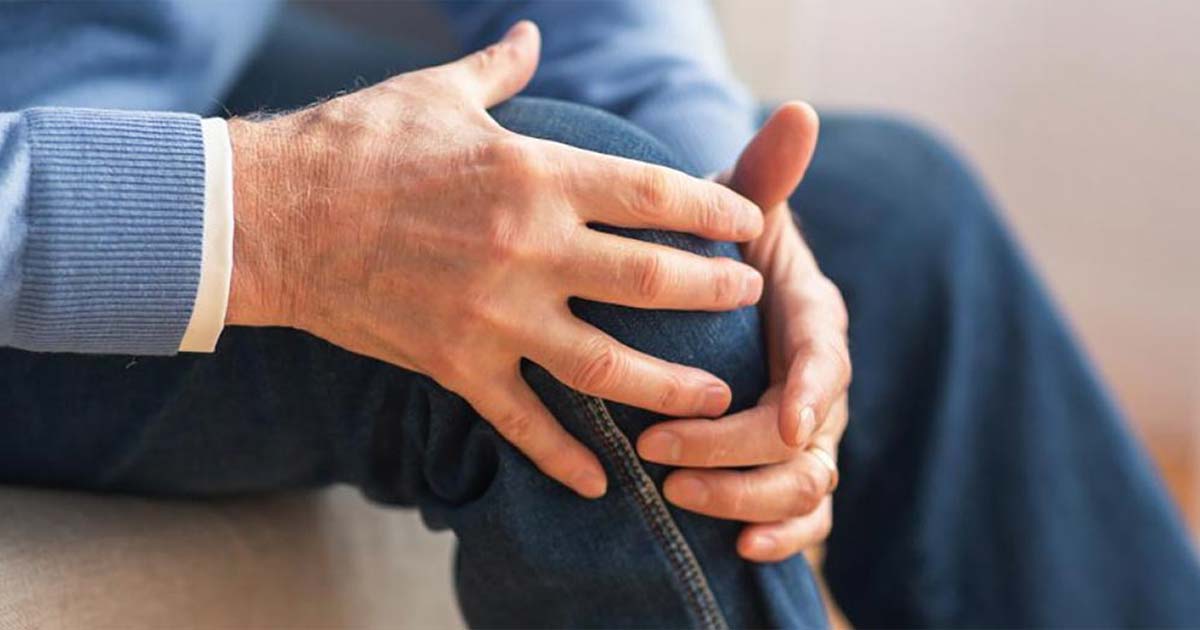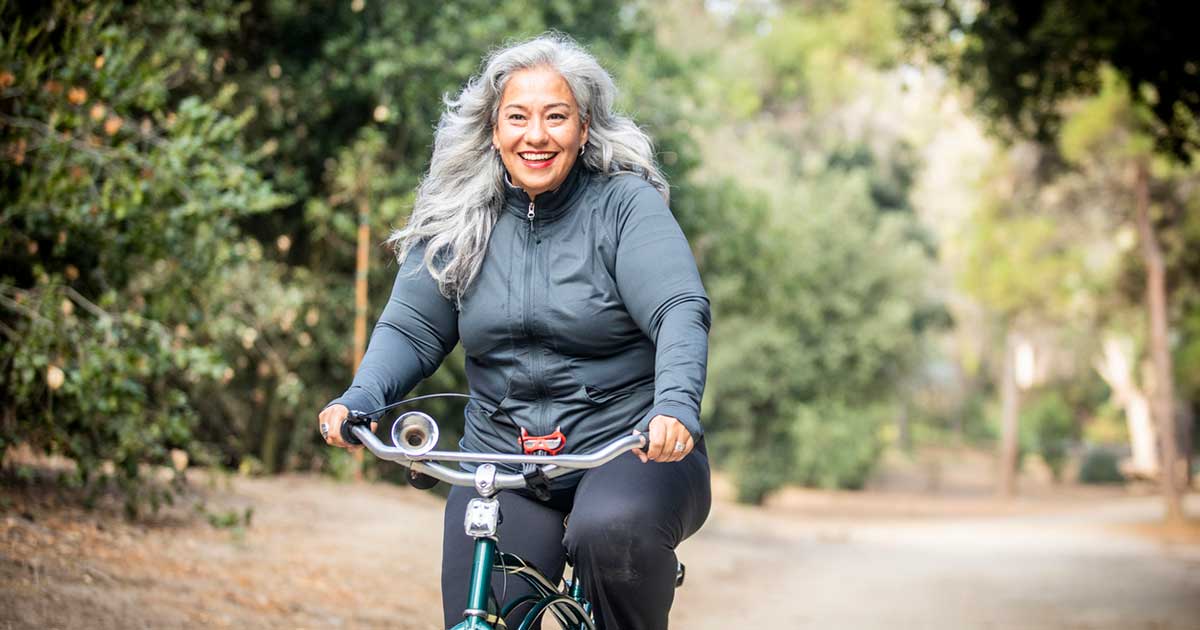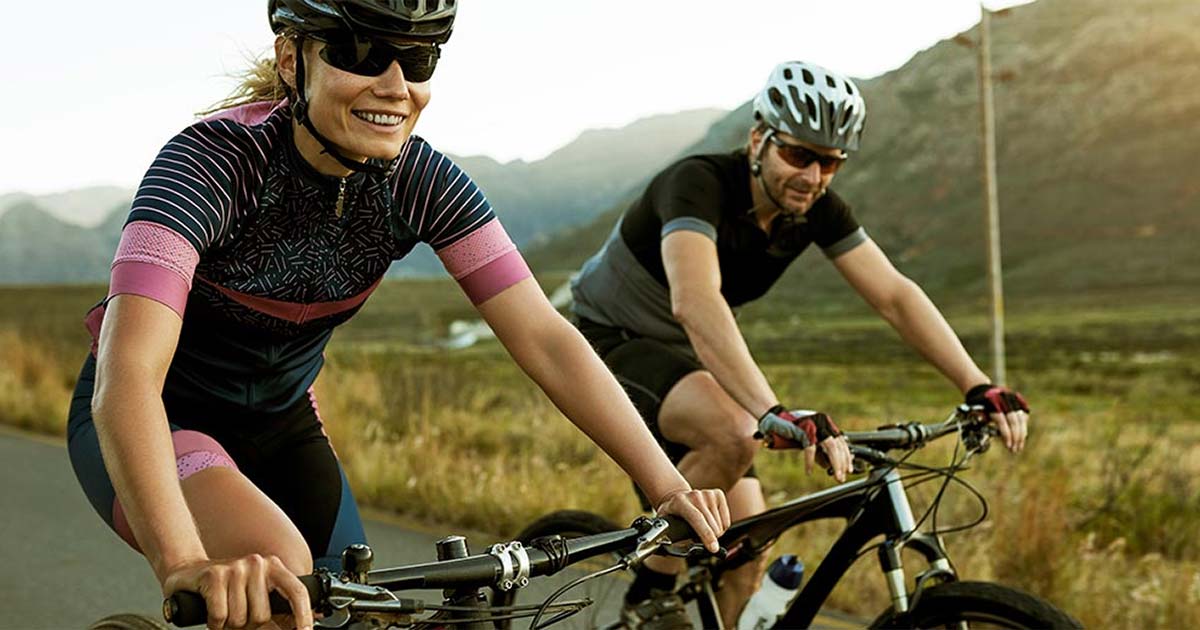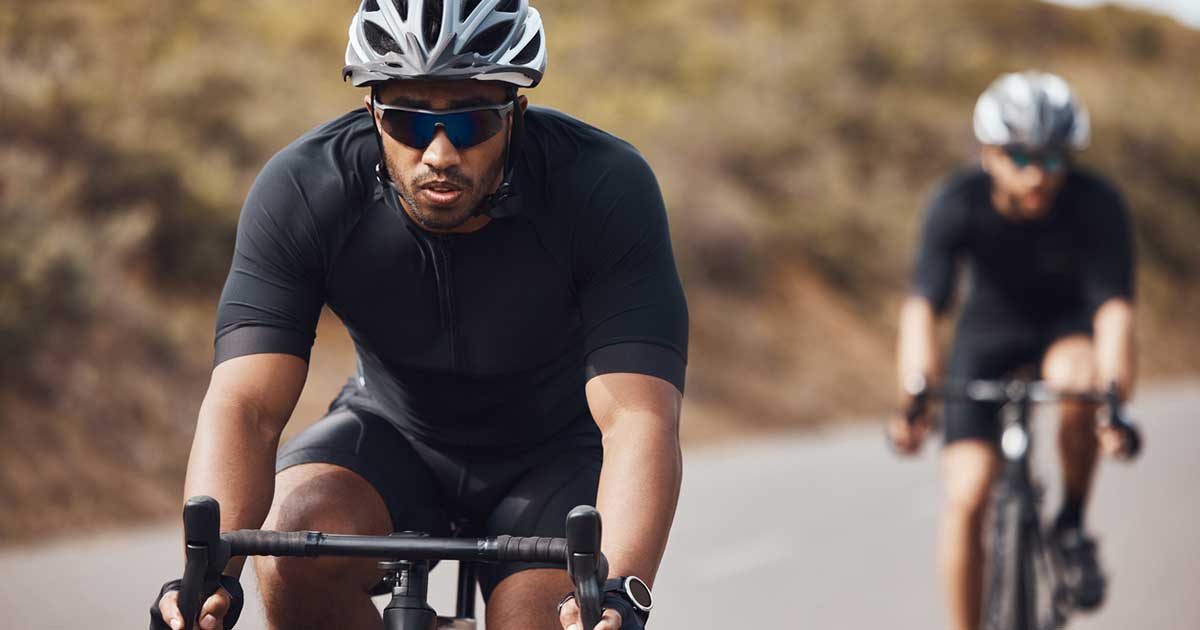
Advice to improve your movement, fitness, and overall health from the #1 in orthopedics in the U.S.
What to Know About Cycling with Osteoarthritis
If you have osteoarthritis (OA), you may think that cycling outdoors is out of the question. But that’s not the case. In fact, cycling is a great choice because it’s a low-impact activity with a big payoff.
Advice to improve your movement, fitness, and overall health from the #1 in orthopedics in the U.S.

Data backs this up: A study published in the Journal of Rheumatology found that cycling significantly reduced joint pain and stiffness and improved muscle strength in middle-aged and older adults with osteoarthritis.
Benefits of Biking for Osteoarthritis
Riding outside, as opposed to indoors on a stationary bike, offers significant perks. First, instead of fixating on how hard your body is working, you’re focused on breathing the fresh air, feeling the sunlight and taking in the sights. Other physical benefits of biking for people with osteoarthritis include:
It increases happy hormones. Exercise ramps up the production of endorphins, hormones manufactured in the brain that not only help us relax and feel good but also act as natural painkillers for the body.
It keeps weight in control. Excess pounds can put increased pressure on your hip, knee and ankle joints, which can make OA worse. “Every five pounds of body weight can add up to 25 pounds of extra pressure on the knee joints,” says Dr. Sgrignoli. “So even a small decrease in weight can make a big difference.” Cycling helps burn calories during the ride and increases muscle mass, so you’ll continue to burn more calories even after your cycle session is over.
It improves overall health. Cycling is an aerobic activity, and consistent aerobic exercise strengthens the heart, lungs and blood vessels. Exercise also improves sleep, which will increase your energy levels throughout the day and enhance your quality of life, says Dr. Sgrignoli.
It betters balance and coordination. Your core, which includes all the muscles in your torso, needs to engage to keep your body stabilized and supported, with your center of gravity over the bike, so you don’t topple over. The upper and lower halves of the body also need to work in harmony in order to stay upright.
It strengthens the muscles in the lower body. Cycling builds muscle in the quadriceps, hamstrings, glutes and calves as you pedal, particularly if you’re tackling hills.
It increases range of motion. Moving your legs promotes the production of synovial fluid, which helps lubricate the joints, particularly in the hips, knees and ankles, lessening pain and increasing range of motion.
How to Get Started Cycling
No matter how long it’s been since you’ve ridden, anyone can do it (it’s just like riding a bike!). That being said, it’s always a good idea to speak with your doctor before riding, particularly if you have a history of any other health conditions, including cardiovascular or seizure disorders, balance issues, or if you’re on a blood thinner. If you take medication for your OA, ask your doctor how it may impact your ability to ride. In addition:
Safety first. Always travel on well-marked bike paths, if possible; obey all the rules of the road; wear a helmet; and, if you’re riding alone, let someone know where you’re going in case of an emergency. Dr. Sgrignoli also suggests putting flashing lights on your bike, even during the day, to make yourself more visible.
Choose the right bike. Go to a bike shop to get properly fitted. Joint mobility is important for those with OA, so get on a bike (bike stores often use stationary bikes for fittings) to make sure you feel confident going through all the motions required. If you have hip, neck or lower back arthritis, you might feel more comfortable on a bike with higher handlebars so you can sit more upright while riding.
Start slowly. Your body needs a warm-up whether the temperatures are high or low. Before you get on the bike, do some dynamic stretching to get the blood flowing and loosen up the quads, hamstrings, glutes and calves as well as the hips, knees, ankles and low-back joints. Try these:
- Stand and Reach: Standing upright, put your arms overhead and reach to stretch the torso. Hold for 10 seconds and repeat three times.
- Glute Bridge: Lie on your back with your knees bent. Tighten your abdominal muscles, then raise your hips off the floor until your hips are aligned with your knees and shoulders. Hold for three deep breaths.
- Hip Hinge/Founder Hold: Standing tall with knees slightly bent, weight in the heels, and arms overhead, hinge at the waist and bend to about 45 degrees as your arms reach forward in line with your torso. Hold for 20 to 30 seconds.
- Calf Raises: You can do this in front of a chair or counter for balance assistance. Slowly go up on your toes and slowly lower. Repeat 10 times.
- Partial Squat: Squat as low as you feel comfortable putting the weight into your heels. Try to repeat 5 to 10 times.
- Plank: Hold for 15 to 30 seconds.
Once you’re warm, try a 10-minute, low-intensity ride on a flat road. As excited as you may be to get on the bike, you don’t want to do too much and risk injury. Eventually you want to work your way up to a 30-minute ride, five days a week at a moderate intensity. (Or you can split it into three 10-minute rides if that feels easier on your joints.) Moderate means you could still carry on a conversation, but you couldn’t belt out your favorite tune very easily.
Stop if you feel pain. If your joints begin to ache, you feel a sharp pain or anything feels progressively worse as you ride, don’t be afraid to slow down, or even get off the bike and walk for a bit.
After you’re done with your ride, you may be a bit sore if you haven’t exercised in awhile. However, if you experience worsening pain, joint swelling, pain that lingers into the next day or pain that keeps you from doing daily activities (like walking or going up or down stairs), see a doctor.
Published 9/19/2022


